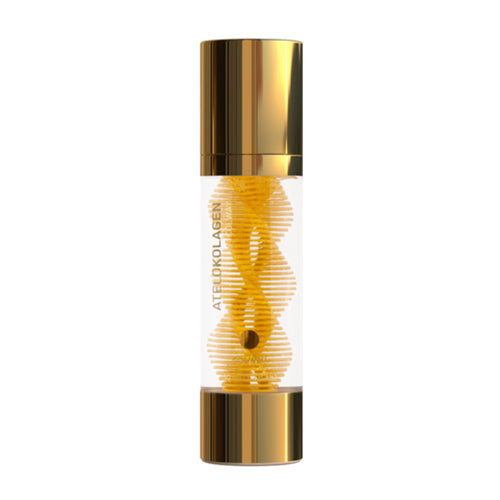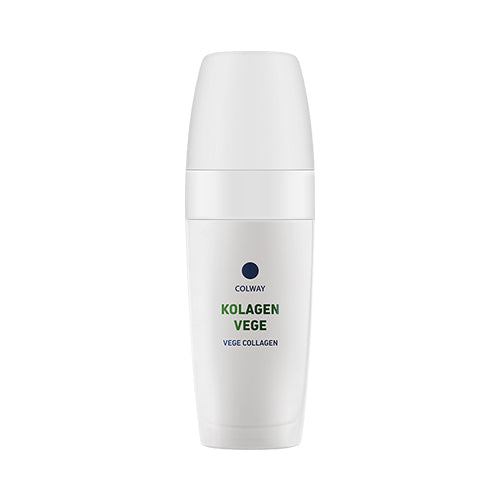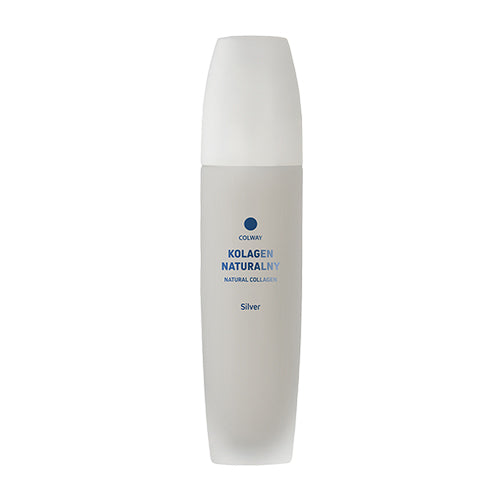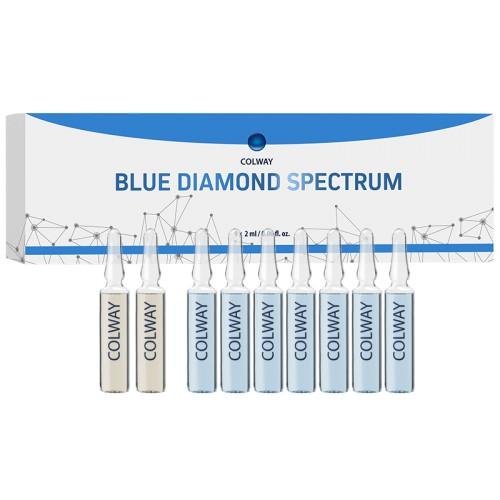Botulinum Toxins: History, Pharmacology, and On-Label Facial Treatments
Botulinum toxin is a potent neurotoxin produced by the bacterium Clostridium botulinum. The toxin has been known for centuries to cause paralysis, and its potential therapeutic use was first explored in the 1950s. Today, botulinum toxin is widely used in cosmetic and medical treatments to temporarily relax muscles and reduce the appearance of wrinkles, muscle spasms, and other conditions.
History and pharmacology of botulinum toxins
The history of botulinum toxin dates back to the early 19th century when a German physician, Justinus Kerner, described an outbreak of "sausage poisoning" that caused paralysis and death. He identified the causative agent as a toxin produced by Clostridium botulinum, a bacterium commonly found in soil and contaminated food.
In the 1940s and 1950s, researchers began to explore the potential therapeutic use of botulinum toxin. They discovered that the toxin acts by blocking the release of acetylcholine, a neurotransmitter that transmits signals from nerve cells to muscles. By preventing the release of acetylcholine, botulinum toxin can temporarily paralyze muscles, reducing muscle spasms and smoothing out wrinkles.
There are seven known types of botulinum toxin, labeled A through G, but only types A and B are commonly used in medical and cosmetic treatments. Type A toxin is the most potent and longest-lasting, while type B toxin is less potent but still effective.
Patient assessment and administration
Before administering botulinum toxin, the practitioner should perform a thorough patient assessment, including a medical history and physical examination. The practitioner should assess the patient's expectations and discuss the risks and benefits of treatment. They should also discuss any medications or medical conditions that may increase the risk of complications.
During administration, the practitioner should use a sterile technique and ensure that the correct dose and injection site are used. They should also monitor the patient for any adverse reactions, such as difficulty breathing, excessive sweating, or muscle weakness.
Complication avoidance and management
Complications from botulinum toxin treatment are generally rare but can include muscle weakness, difficulty swallowing or breathing, and allergic reactions. To minimize the risk of complications, practitioners should use a conservative dose, avoid injecting near vital structures such as the eyes or mouth, and avoid treating patients with pre-existing neuromuscular disorders.
If complications do occur, the practitioner should have a plan in place for managing them. This may include administering medications to reverse the effects of the toxin, providing supportive care such as oxygen therapy, or referring the patient to a specialist for further evaluation and management.
On-label treatment of facial areas
Botulinum toxin is commonly used in cosmetic treatments to reduce the appearance of wrinkles and fine lines. The FDA has approved the use of botulinum toxin for several on-label facial areas, including the glabella (frown lines between the eyebrows), forehead lines, and crow's feet (wrinkles around the eyes).
To achieve optimal results, the practitioner should use a tailored approach to treatment, taking into account the patient's unique facial anatomy, muscle activity, and desired outcome. They should also use a conservative dose and avoid over-treating, which can lead to an unnatural or frozen appearance.
Post treatment management
After treatment with botulinum toxin, the practitioner should provide the patient with clear instructions for post-treatment care. This may include avoiding strenuous activity, massaging the treated areas, and avoiding certain medications that may interact with the toxin.
The practitioner should also schedule a follow-up appointment to assess the patient's response to treatment and make any necessary adjustments. In some cases, the effects of botulinum toxin may wear off sooner than expected, requiring a repeat treatment to maintain the desired results. The practitioner should discuss this possibility with the patient and plan for future treatments accordingly.
In addition, the practitioner should provide the patient with information about potential side effects and when to seek medical attention. For example, if the patient experiences difficulty breathing or swallowing, they should seek immediate medical attention.
Overall, the use of botulinum toxin in medical and cosmetic treatments has become increasingly common over the years, and it can provide significant benefits to patients when administered properly. By following best practices for patient assessment, administration, complication avoidance and management, on-label treatment of facial areas, and post-treatment management, practitioners can help ensure that their patients achieve safe and satisfactory outcomes.













